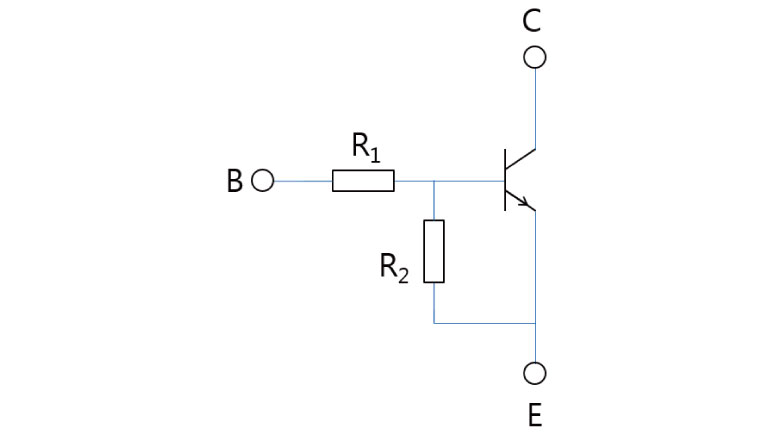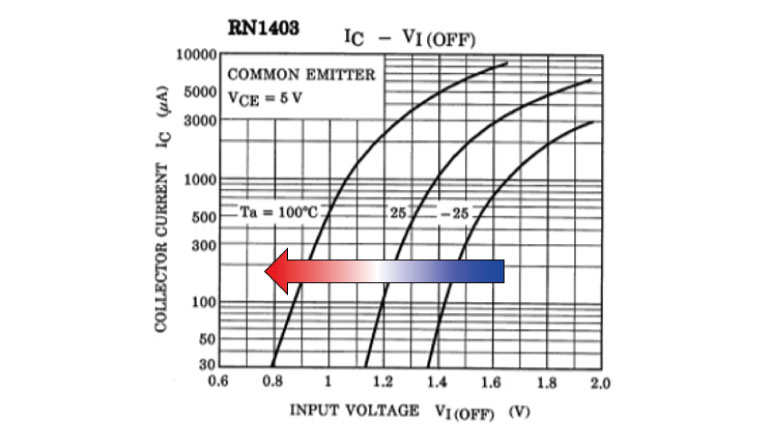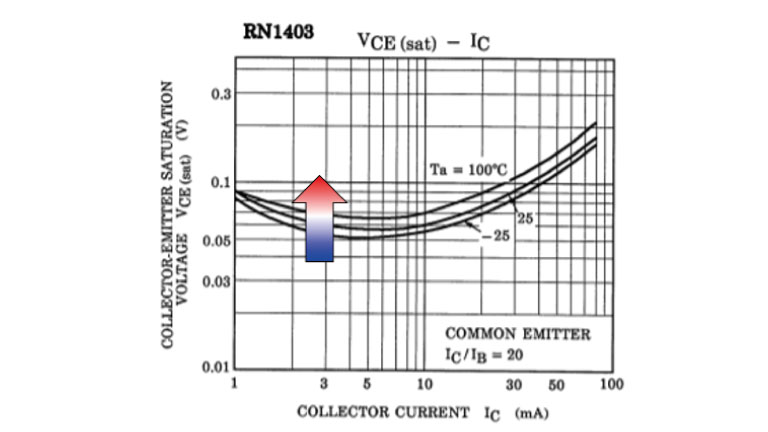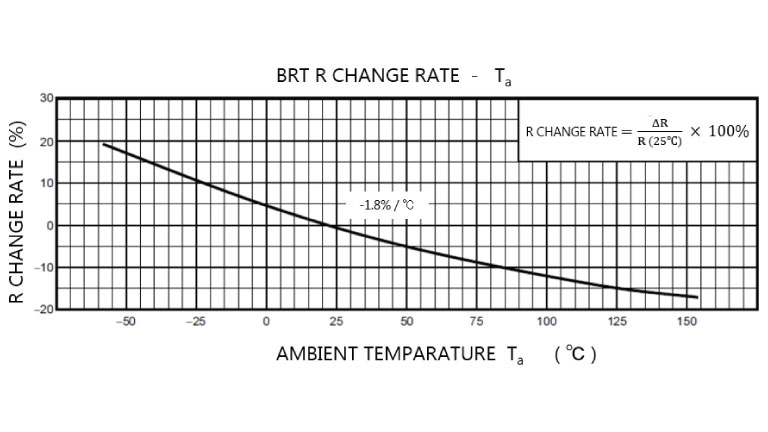- 型号 & 关键词搜索
- 交叉搜索
- 参数搜索
- 库存查询与购买
This webpage doesn't work with Internet Explorer. Please use the latest version of Google Chrome, Microsoft Edge, Mozilla Firefox or Safari.
请输入3个以上字符 Search for multiple part numbers fromhere.
The information presented in this cross reference is based on TOSHIBA's selection criteria and should be treated as a suggestion only. Please carefully review the latest versions of all relevant information on the TOSHIBA products, including without limitation data sheets and validate all operating parameters of the TOSHIBA products to ensure that the suggested TOSHIBA products are truly compatible with your design and application.Please note that this cross reference is based on TOSHIBA's estimate of compatibility with other manufacturers' products, based on other manufacturers' published data, at the time the data was collected.TOSHIBA is not responsible for any incorrect or incomplete information. Information is subject to change at any time without notice.
请输入3个以上字符
如何读取偏置电阻内置晶体管(BRT)的数据表(电气特性)

下文介绍了BRT的关键电气特性。
在数据表中,除非另有说明,否则均按25°C的环境温度(Ta)指定数据表中的电气特性。除了电气特性表中显示的数值外,还请务必参考各个图表。

1.输入电压(导通),VI(ON)
VI(ON)是指晶体管在额定工况下让额定电流通过所需的输入电压。为顺利导通BR,必须在基极(B)和发射极(E)端子上施加高于最大输入电压(导通)(VI(ON))的电压。
IC–VI(ON)曲线表明VI(ON)随着温度升高而降低。
| 特性 | 符号 | 测试电路 | 测试条件 | 最小值 | 典型值 | 最大值 | 单位 | ||
|---|---|---|---|---|---|---|---|---|---|
| 输入电压(导通) | RN1401 | VI(ON) | — | VCE=0.2V,IC=5mA | 1.1 | — | 2.0 | V | |
| RN1402 | 1.2 | — | 2.4 | ||||||
| RN1403 | 1.3 | — | 3.0 | ||||||
| RN1404 | 1.5 | — | 5.0 | ||||||
| RN1405 | 0.6 | — | 1.1 | ||||||
| RN1406 | 0.7 | — | 1.3 | ||||||

2.输入电压(关断),VI(OFF)
VI(OFF)是指满足将BRT定义为关断的条件所需的输入电压。为顺利地关断BRT的关断,必须在基极(B)和发射极(E)端子上施加低于最小输入电压(关断)(VI(OFF))的电压。与VI(ON)一样,VI(OFF)随温度升高而降低。
| 特性 | 符号 | 测试电路 | 测试条件 | 最小值 | 典型值 | 最大值 | 单位 | ||
|---|---|---|---|---|---|---|---|---|---|
| 输入电压(关断) | RN1401至1404 | VI(OFF) | — | VCE=5V,IC=0.1mA | 1.0 | — | 1.5 | V | |
| RN1405,1406 | 0.5 | — | 0.8 | ||||||

3.集电极-发射极饱和电压,VCE(sat)
VCE(sat)是指BRT在额定电流下在饱和区内工作时的集电极-发射极电压。VCE(sat)–IC曲线表明,VCE(sat)随着温度升高而增大。
| 特性 | 符号 | 测试电路 | 测试条件 | 最小值 | 典型值 | 最大值 | 单位 | ||
|---|---|---|---|---|---|---|---|---|---|
集电极-发射极 饱和电压 |
RN1401至1406 | VCE(SAT) | — | IC=5mA,IB=0.25mA | — | 0.1 | 0.3 | V | |

4.输入电阻,R1
R1是与BRT的基极端子串联的电阻的值。对于以下所示的BRT,R1的变化为±30%。R1会影响VI(ON)和其它特性。R1以大约0.2%/℃的速率降低。
| 特性 | 符号 | 测试电路 | 测试条件 | 最小值 | 典型值 | 最大值 | 单位 | ||
|---|---|---|---|---|---|---|---|---|---|
| 输入电阻 | RN1401 | R1 | — | — | 3.29 | 4.7 | 6.11 | kΩ | |
| RN1402 | 7 | 10 | 13 | ||||||
| RN1403 | 15.4 | 22 | 28.6 | ||||||
| RN1404 | 32.9 | 47 | 61.1 | ||||||
| RN1405 | 1.54 | 2.2 | 2.86 | ||||||
| RN1406 | 3.29 | 4.7 | 6.11 | ||||||
5.电阻比,R1/R2
电阻比(R1/R2)是指R1电阻与R2电阻之比。对于以下所示的BRT,R1/R2的变化为±10%。未单独指定基极-发射极电阻(R2)的值,但指定了电阻比(R1/R2),因为它更重要。
| 特性 | 符号 | 测试电路 | 测试条件 | 最小值 | 典型值 | 最大值 | 单位 | ||
|---|---|---|---|---|---|---|---|---|---|
| 阻值比 | RN1401至1404 | R1/R2 | — | — | 0.9 | 1.0 | 1.1 | — | |
| RN1405 | 0.0421 | 0.0468 | 0.0515 | ||||||
| RN1406 | 0.09 | 0.1 | 0.11 | ||||||

